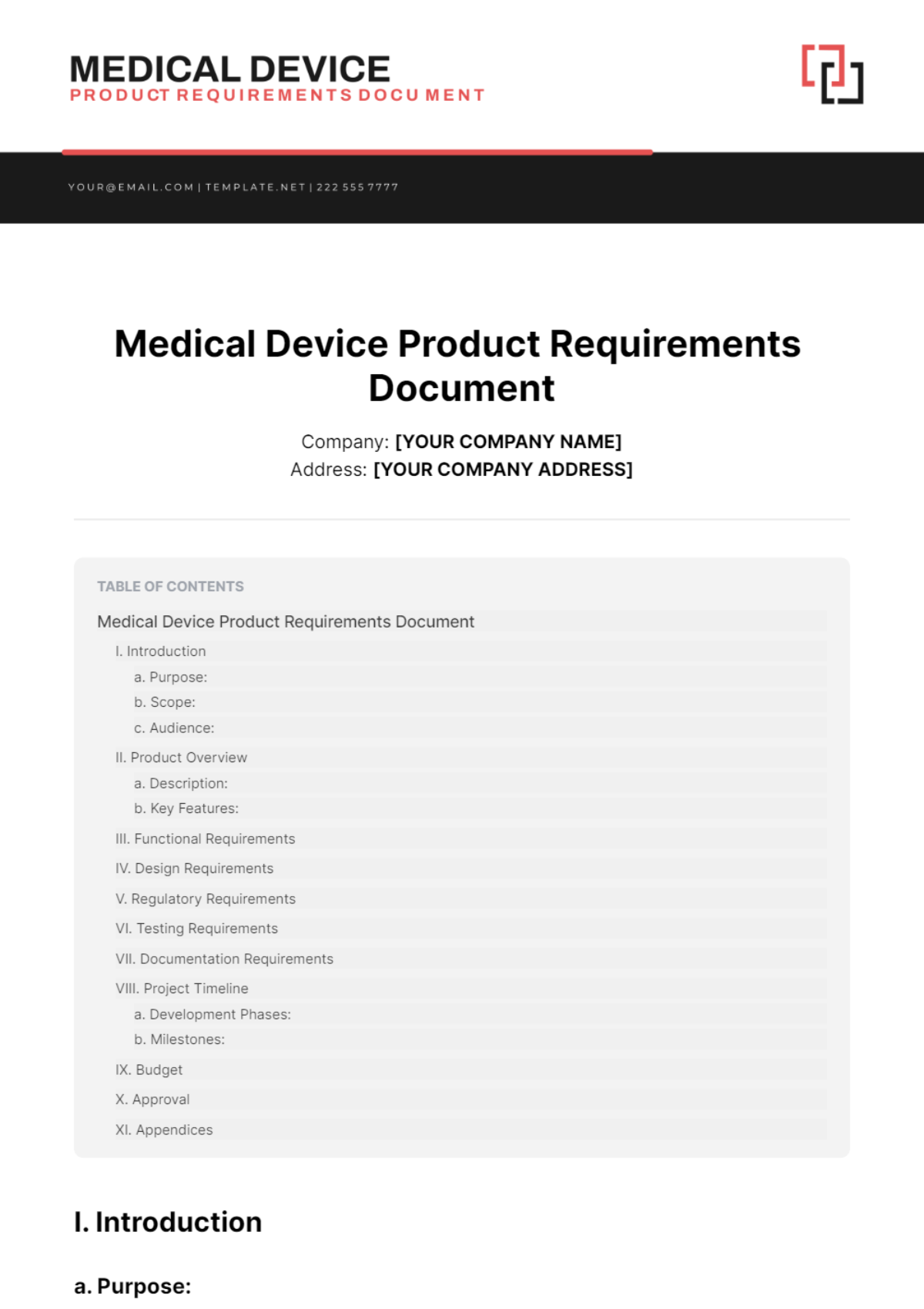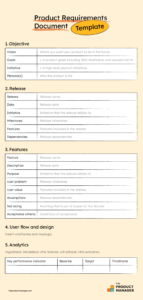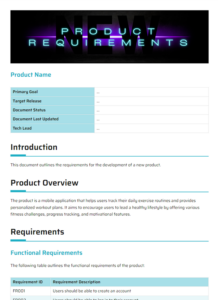A medical device product requirements document (PRD) is a critical document that outlines the functional and performance specifications of a new or updated medical device. It serves as a blueprint for the design, development, and testing of the device, ensuring that it meets the intended uses and user needs.
Developing a comprehensive PRD requires a thorough understanding of the device’s purpose, target users, and regulatory requirements. The PRD should clearly define the device’s intended uses, performance specifications, physical characteristics, usability requirements, and safety and efficacy considerations. It should also include acceptance criteria for each requirement to ensure that the device meets the specified standards.

Components of a Medical Device PRD
A well-structured PRD typically includes the following sections:
- Introduction: Provides an overview of the device and its purpose.
- Intended Use Statement: Clearly defines the intended uses and target users of the device.
- Performance Specifications: Details the functional and performance requirements of the device, including accuracy, precision, reliability, and durability.
- Physical Characteristics: Describes the device’s physical dimensions, weight, and materials used.
- Usability Requirements: Outlines the device’s user interface, ease of use, and accessibility features.
- Safety and Efficacy Considerations: Addresses the device’s safety features, potential risks, and clinical evidence supporting its efficacy.
- Acceptance Criteria: Defines the specific criteria that the device must meet to be considered acceptable for use.
Importance of a Comprehensive PRD
A comprehensive and well-written PRD is essential for several reasons:
- It ensures that all stakeholders have a clear understanding of the device’s requirements, reducing the risk of errors and miscommunications.
- It serves as a baseline for design and development, guiding the team towards meeting the intended uses and user needs.
- It facilitates regulatory compliance by demonstrating that the device meets the applicable standards and regulations.
- It helps in risk management by identifying potential hazards and mitigating risks associated with the device.
- It provides a valuable reference document for future maintenance, upgrades, and revisions of the device.
By following a structured approach and involving all relevant stakeholders in the development process, medical device companies can create effective medical device PRD templates that streamline product development, ensure regulatory compliance, and ultimately deliver safe and effective medical devices to the market.
Conclusion
A well-crafted medical device product requirements document template is a foundational element in the successful development of medical devices. It provides a clear roadmap for the design, development, and testing phases, ensuring that the device meets the intended uses, user needs, and regulatory requirements. By following best practices and involving stakeholders throughout the process, medical device companies can create effective PRDs that optimize product development, enhance safety, and contribute to the overall success of their devices.


